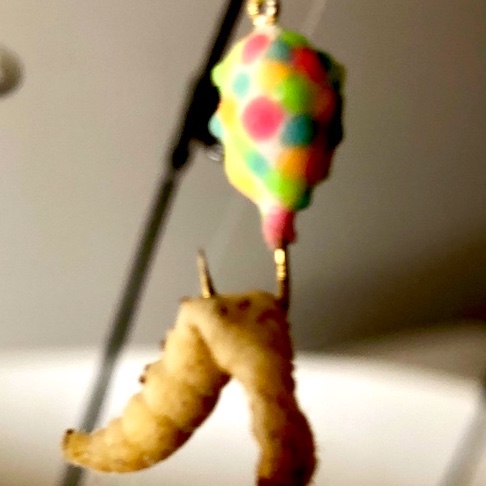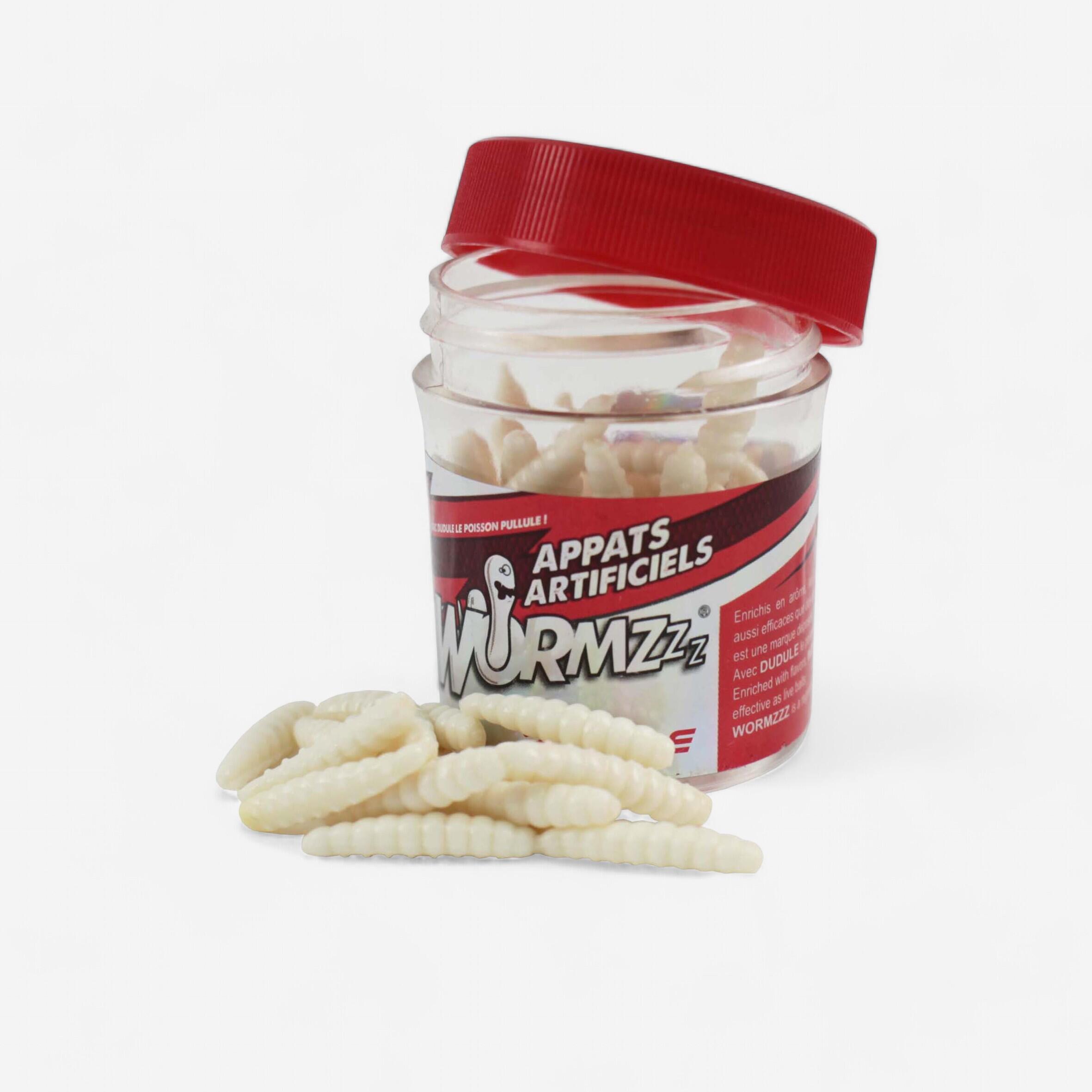


Then when you encounter similar conditions next time, you’ll know exactly which worm to try first. You can keep a variety of sizes and colors on hand, and when you catch a trout, you’ll know exactly what size and color you caught it on. The third major advantage is that it’s just easier to dial in your setup. Trout love shiny things, and plastic worms let you take advantage of that. Sometimes the natural look is best, but often a bright pink worm will outfish a natural one all day long. The second is that plastic worms come in every color imaginable. That allows you to spend more time fishing and less time fiddling with bait. The first is that plastic worms stay on the hook much better than live ones, so you don’t have to worry as much about how you rig it or how you cast. There are a couple of advantages to fishing with plastic worms. But little brook trout love plastic worms too, and the success of the simple Trout Magnet shows that (you can get the full Trout Magnet kit here it’s one of my favorite trout lures).

This is especially true for steelhead, who seem to love big, bright baits. Live worms are the classic trout bait, but plastic worms can be just as effective if not more. Instead, cut down your worms to sizes that are big enough to be an enticing meal, but not so big that they look unnatural (somewhere between 2-6 inches). You might get a lunker brown trout with a full-sized nightcrawler, but most trout will be too intimidated by something that size. The important thing to keep in mind is that many of the worms we buy for trout bait are much bigger meals than anything they would see in the wild. On top of that, trout also love leeches in the wild, and leeches look very similar to worms when wriggling through the water. Worms also have a near-perfect neutral buoyancy that gives them a natural, insect-like look in the water.Įarthworms or red wigglers aren’t a particularly abundant natural trout food source in the wild, but they look and smell so much like insect larvae that the trout don’t really care. Many of these larval insects look a lot like worms small, wriggling, defenseless grubs that provide a trout with an easy meal. Sometimes those insects are big, winged mayflies eaten off the surface, but most of them are insects in their larval stage underwater. Trout, especially wild trout, are primarily insect-eaters. Knowing what they like and why they like it will help you understand how to adjust for different situations. Before I get into the worm fishing tips, I want to go over what it is that makes worms a great trout bait to begin with.


 0 kommentar(er)
0 kommentar(er)
